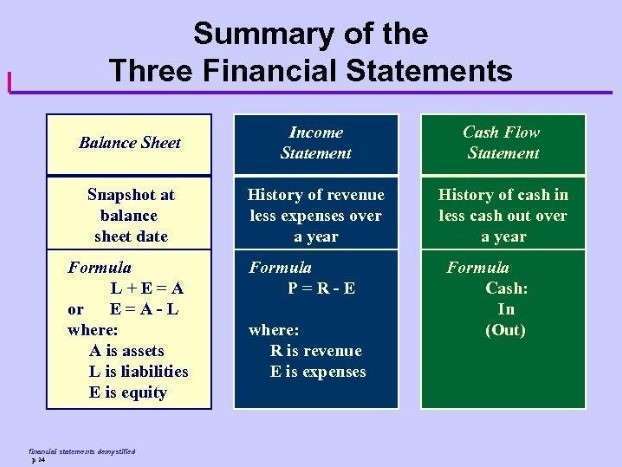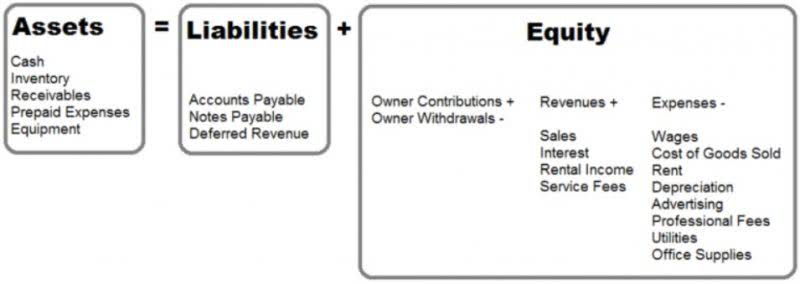
That said, a higher ratio typically indicates that the company is more efficient in using its assets to generate sales. Companies with low profit margins tend to have high asset turnover ratios, while those with high profit margins usually have lower ratios. The total asset turnover ratio calculates net sales as a percentage of assets to show how many sales are generated from each dollar of company assets.

Turn every feedback into a growth opportunity
Or a manufacturing company that invests in advanced robotics, boosting production without a proportional increase in assets. These case studies offer a playbook of best practices, from asset reallocation to operational tweaks, that showcase the tangible impact of strategic asset management on the bottom asset turnover formula line. To give your Asset Turnover Ratio a healthy boost, focus on pumping up those sales without necessarily bulking up your assets. Innovate with new product lines that leverage existing assets or reinvent your sales and marketing strategy to widen your customer base. Tweak your inventory management for maximum efficiency, and embrace the magic of automation to streamline operations. Subscribing to the lease, rather than buy, philosophy for certain assets can also keep your asset base lean yet mighty.
Reinsurance Recoverable: What Is It, Calculation, Importance & More
Asset turnover ratio measures how efficiently a company uses its assets what are retained earnings to generate sales, while return on assets (ROA) measures how effectively it uses its assets to generate profits. The asset turnover ratio measures operational efficiency, while ROA reflects operational efficiency and profitability. Publicly-facing industries including retail and restaurants rely heavily on converting assets to inventory, then converting inventory to sales. Other sectors like real estate often take long periods of time to convert inventory into revenue.

What is an asset turnover ratio?
The asset turnover ratio measures the efficiency of a company’s assets in generating revenue or sales. It compares the dollar amount of sales to its total assets as an annualized percentage. Thus, to calculate the asset turnover ratio, divide net sales or revenue by the average total assets. One variation on this metric considers only a company’s fixed assets (the FAT ratio) instead of total assets. The asset turnover ratio is an efficiency ratio that measures a company’s ability to generate sales from its assets by comparing net sales with average total assets.
- Sometimes investors also want to see how companies use more specific assets like fixed assets and current assets.
- It’s important to note that ROE is calculated using net income and shareholders’ equity over a set period—typically a company’s financial reporting year, known as a fiscal year.
- Finally, factors beyond your control – like the state of the economy – can influence the value of your assets and hence impact the asset turnover ratio.
- Updates to your application and enrollment status will be shown on your account page.
- The investors would also be able to see the kind of steps that the business took to ensure that they increased the asset turnover.
- High turnover means that the company uses a small percentage of its assets each year to generate huge amounts of sales.
- It compares the dollar amount of sales to its total assets as an annualized percentage.
- Misinterpretation of Asset Turnover figures can sprout from overlooking industry nuances, seasonal fluctuations, or recent asset acquisitions and disposals.
- A retail company like Walmart, with its immense scale and market data insight, often showcases a high turnover, illustrating a swift tango of rapidly moving inventory.
- Asset turnover can be calculated quarterly, annually, or over any desired period.
- Also, a company’s asset turnover ratio could vary widely from year to year, making it an unreliable measure for potential long-term investments.
• Accounts receivable are accounts that hold expected revenues that come from when customers use credit to buy goods and services. This content may include information about products, features, and/or services that SoFi does not provide and is intended to be educational in nature. Interpretation of the Asset Turnover Ratio is highly industry-dependent. What may be considered a “good” ratio in one industry may be viewed as poor in another. This is because asset intensity can greatly differ among different industries. A financial professional will offer guidance based on the information provided and offer a no-obligation call to better understand your situation.
Company
It can be used Coffee Shop Accounting to compare how a company is performing compared to its competitors, the rest of the industry, or its past performance. The highest asset turnover ratios are found in businesses that sell products with low variable costs. They can offset some of their other expenses by marking up the prices on their products.

Our goal is to deliver the most understandable and comprehensive explanations of financial topics using simple writing complemented by helpful graphics and animation videos. The articles and research support materials available on this site are educational and are not intended to be investment or tax advice. All such information is provided solely for convenience purposes only and all users thereof should be guided accordingly. First, as we have been given Gross Sales, we need to calculate the Net Sales for both companies.